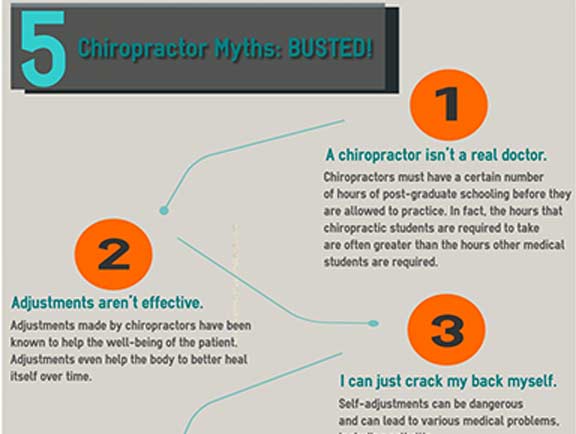The Influence Of Posture On Pain In The Back: Approaches For Sustaining Appropriate Alignment Throughout Daily Activities
The Influence Of Posture On Pain In The Back: Approaches For Sustaining Appropriate Alignment Throughout Daily Activities
Blog Article
Content Writer-McKinley Patton
Maintaining appropriate position isn't practically staying up directly; it has to do with straightening your body in a way that sustains your spinal column and reduces the risk of pain in the back. The method you sit, stand, and move throughout the day can substantially influence your back health and wellness. But exactly how exactly can you make certain good alignment consistently, also throughout busy days full of numerous activities? Let's dive deeper into the subtle yet impactful modifications you can make to your everyday routine to maintain your back delighted and healthy and balanced.
Relevance of Proper Posture
Correct posture is essential in keeping a healthy back and protecting against pain. When you sit or stand with great pose, your spine is in placement, reducing stress on your muscle mass, ligaments, and joints. This placement enables the body to distribute weight uniformly, avoiding excessive tension on specific locations that can result in discomfort and pain. By keeping your spinal column correctly lined up, you can additionally improve your breathing and food digestion, as slouching can compress body organs and limit their functionality.
Furthermore, preserving good pose can boost your overall look and confidence. When you stand tall with your shoulders back and head held high, you emanate self-confidence and appear even more approachable. Great posture can also make you really feel extra stimulated and sharp, as it promotes appropriate blood flow and allows your muscles to work effectively.
Integrating correct stance right into your everyday routine, whether resting at a desk, walking, or exercising, is vital for avoiding back pain and advertising general wellness. Remember, a small change in how you hold yourself can make a significant distinction in exactly how you really feel and work throughout the day.
Common Postural Mistakes
When it involves maintaining great posture, several individuals unwittingly make usual mistakes that can contribute to back pain and discomfort. One of one of the most common errors is slouching or hunching over while resting or standing. This position puts extreme stress on the spine and can bring about muscle mass inequalities and discomfort in the future.
An additional common error is overarching the lower back, which can flatten the all-natural contour of the spine and trigger discomfort. In addition, going across legs while resting may feel comfortable, but it can create a discrepancy in the hips and hips, leading to postural concerns.
Utilizing a cushion that's too soft or too firm while sleeping can additionally affect your positioning and contribute to back pain. Finally, regularly craning your neck to look at displays or readjusting your position frequently can strain the neck and shoulders. Being mindful of these typical postural errors can assist you preserve far better positioning and lower the danger of back pain.
Tips for Correcting Placement
To improve your placement and decrease pain in the back, it's necessary to concentrate on making small changes throughout your everyday regimen. Start by being https://rylanhbwpj.atualblog.com/37353436/boosting-your-quality-of-life-via-chiropractic-care-treatment of your stance. When sitting, guarantee your feet are flat on the flooring, your back is straight, and your shoulders are kicked back. https://www.wellandgood.com/best-pillows-for-back-pain/ slouching or leaning to one side. Use ergonomic chairs or cushions to sustain your lower back.
When standing, disperse your weight evenly on both feet, keep your knees slightly curved, and tuck in your pelvis. Involve your core muscles to sustain your back. Take breaks to extend and walk around if you have an inactive task. Incorporate exercises that reinforce your core and back muscle mass, such as planks or bridges.
While sleeping, make use of a cushion that supports the natural contour of your neck to maintain correct spinal placement. read on sleeping on your belly, as it can stress your neck and back. By being mindful of these tips and making small changes, you can progressively correct your alignment and relieve pain in the back.
Conclusion
Remember, keeping good position is key to avoid neck and back pain and promoting spine wellness. By bearing in mind your alignment, distributing weight uniformly, and engaging your core muscular tissues, you can reduce strain on your back and lessen the danger of pain and injury. Integrate ergonomic support, take regular breaks to extend, and strengthen your core and back muscular tissues to preserve correct alignment throughout the day. Your back will thank you for it!
